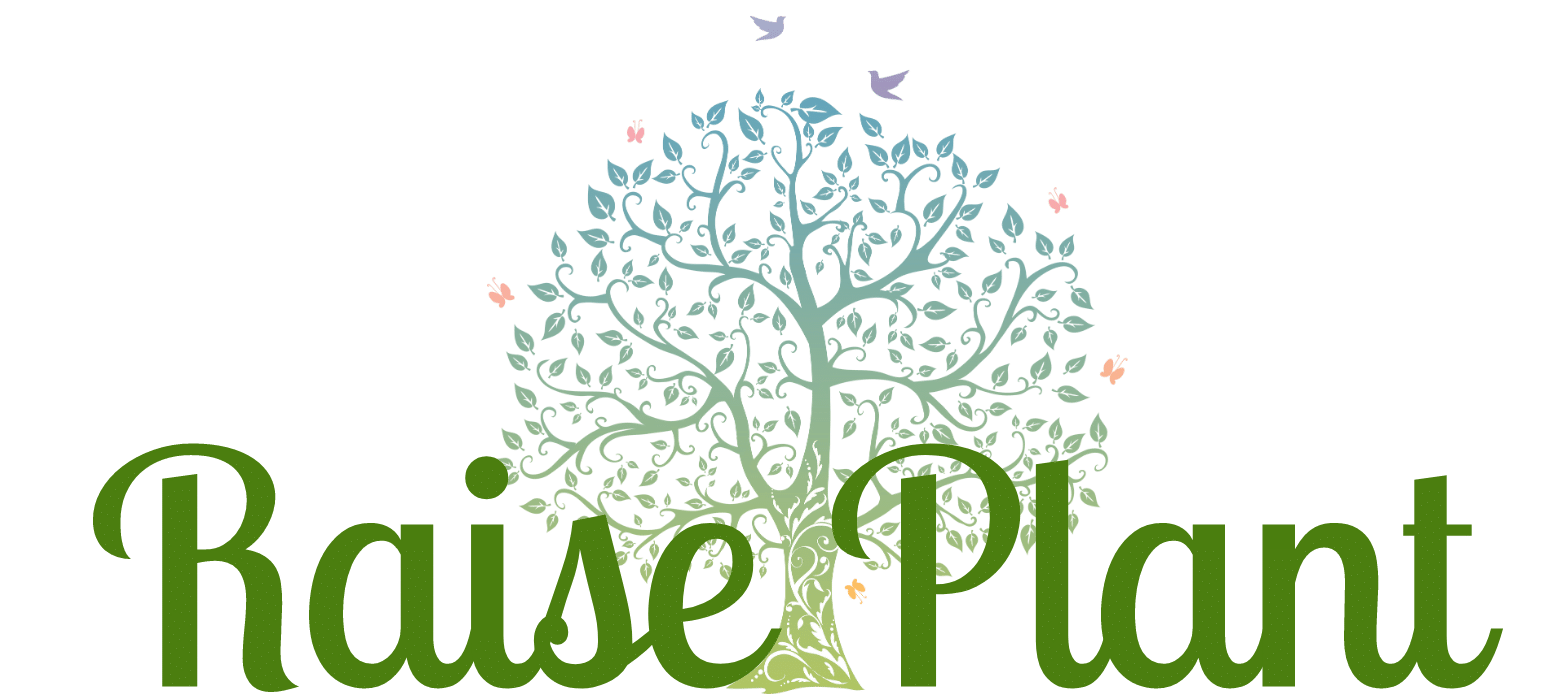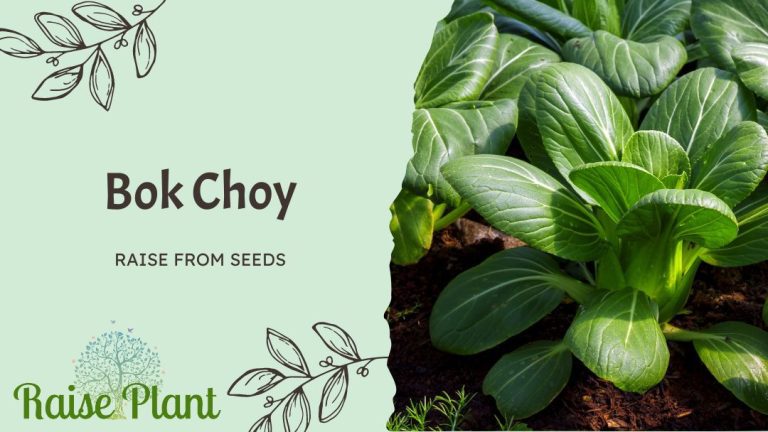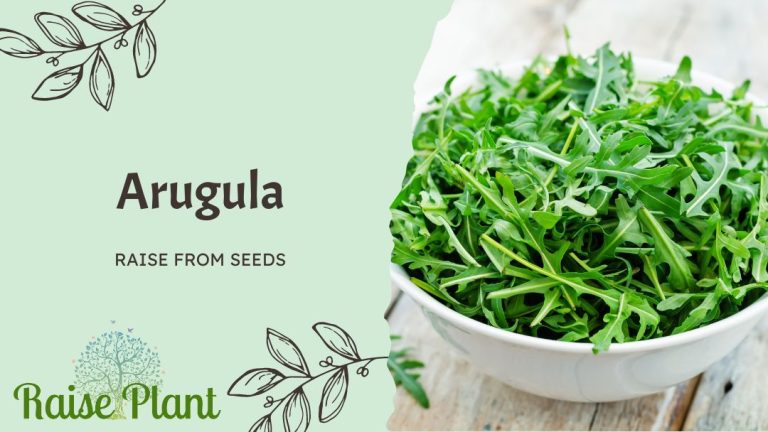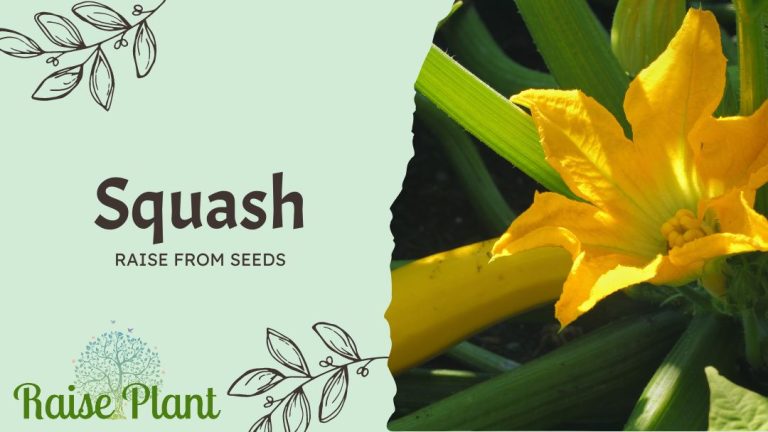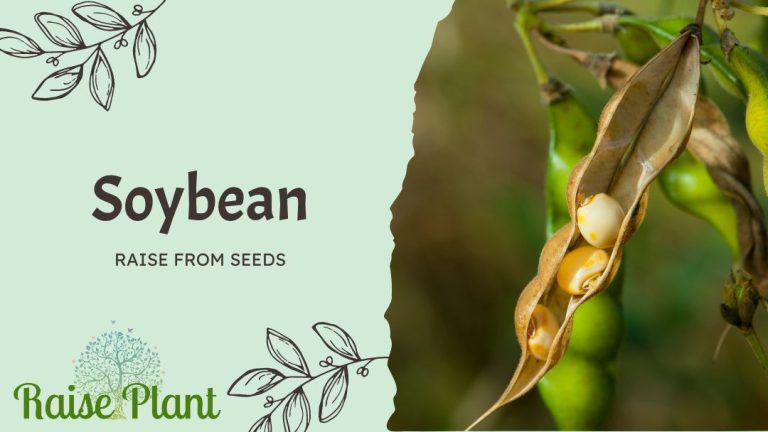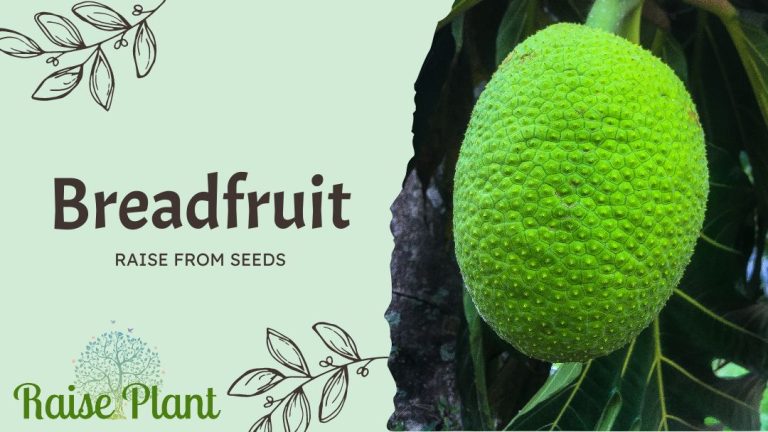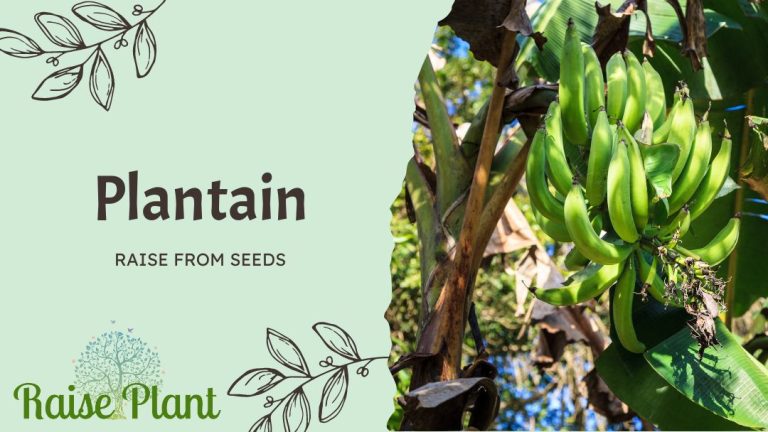From Seed to Savory: A Comprehensive Guide to Growing Crisp Cucumbers at Home
Cucumbers (Cucumis sativus) are a popular and versatile vegetable that can be eaten raw or cooked. They are low in calories, high in hydration, and rich in vitamins and minerals. Growing cucumbers from seed ensures that you have complete control over the quality of your produce, allowing you to avoid pesticides and other harmful chemicals.
Cucumber seeds are also very affordable, making it easy for anyone to start their own garden. Another key reason why growing cucumbers from seed is important is that it helps preserve biodiversity.
Many grocery stores sell only a limited variety of cucumbers, usually the most common American slicer cucumber variety. By growing your own cucumbers from seed, you have access to a wider range of varieties, including heirloom varieties that are more flavorful and nutritious than their commercial counterparts.
The Benefits of Growing Cucumbers at Home
There are many benefits to growing your own cucumbers at home. First and foremost, homegrown cucumbers taste better than store-bought ones because they do not need to be transported long distances or stored for long periods of time before they are sold. When you grow your own vegetables, you can pick them fresh off the vine when they are at their peak ripeness.
Growing your own cucumbers is also more environmentally friendly than buying them at the grocery store because it eliminates the need for transportation fuel and packaging materials. Additionally, gardening can provide stress relief and mental health benefits by connecting people with nature and allowing them to disconnect from technology.
An Overview of The Process
Starting cucumber plants from seed is relatively simple but requires some planning ahead. You’ll need good quality cucumber seeds (readily available online or at garden stores), a potting mix, and some containers for starting the seeds in advance of transplanting them outdoors. Cucumbers thrive in warm weather and need about 60 to 70 days of growing time before they’re ready to harvest.
After starting the seeds indoors or directly outside, the young plants will need to be watered and fertilized regularly. As they grow, they’ll require trellising or support as cucumber vines like to climb, especially once they start producing fruit.
You’ll need to check on your plants frequently for signs of pests or diseases that can harm your crop and take action if necessary. Growing cucumbers from seed is an enjoyable way to ensure you have access to fresh produce with complete control over its quality.
It’s also environmentally responsible and offers mental health benefits. With some planning ahead and regular care, anyone can successfully grow their own cucumbers from seed at home.
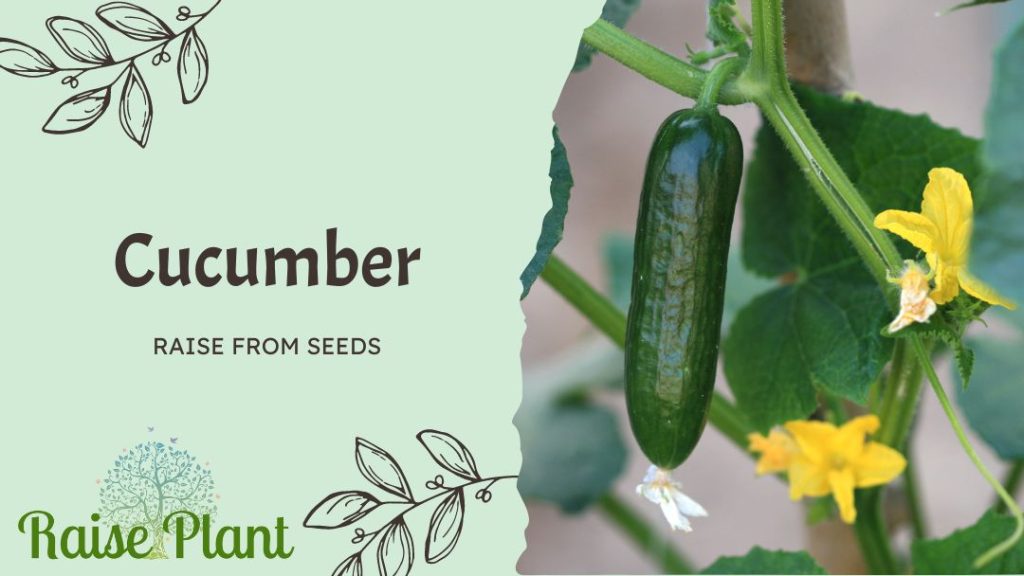
Preparing for Planting
Choosing the Right Seeds
Before planting, it is essential to choose the right cucumber seeds that will thrive in your climate and soil type. Consider the variety of cucumbers you want to grow; some are better suited for pickling, while others are best for salads or snacking. Additionally, look for disease-resistant seeds and read reviews from other gardeners to determine which varieties have been successful in your area.
Consider purchasing organic or heirloom seeds as they have not been genetically modified, which ensures a more natural and authentic flavor. Heirloom seeds are also a good choice because they can be saved from season to season.
Soil Preparation and Fertilization
Cucumbers require well-drained soils rich in organic matter. The ideal pH range is between 6.0-7.0. Before planting, loosen the soil with a fork or tiller to increase water infiltration and root penetration.
Add compost or aged manure to improve soil fertility further. Apply two inches of compost per square foot of garden bed before planting cucumbers.
Fertilize cucumbers using a balanced fertilizer with equal parts nitrogen (N), phosphorus (P), and potassium (K). Organic fertilizers like fish emulsion or bone meal can also be used at half the recommended rate if you prefer natural methods.
Seed Starting Indoors or Direct Seeding Outdoors
Cucumber seeds can be started indoors six weeks before transplanting into your garden after the last frost date has passed. Sow three seeds per four-inch pot filled with potting mix and keep them warm at around 75°F until germination occurs.
Alternatively, sow cucumber seeds directly into well-prepared garden beds outdoors after the last frost date has passed when soil temperatures reach around 65°F. When direct seeding, space the seeds 6-8 inches apart and plant them one inch deep.
Cover with soil gently and water thoroughly. Thin seedlings to one per foot after they have grown their first set of true leaves.
Choosing the right seeds, preparing your soil properly, and deciding whether to start seeds indoors or direct sow will significantly impact your cucumber harvest. Taking these steps will lead to healthy plants that produce bountiful fruits.
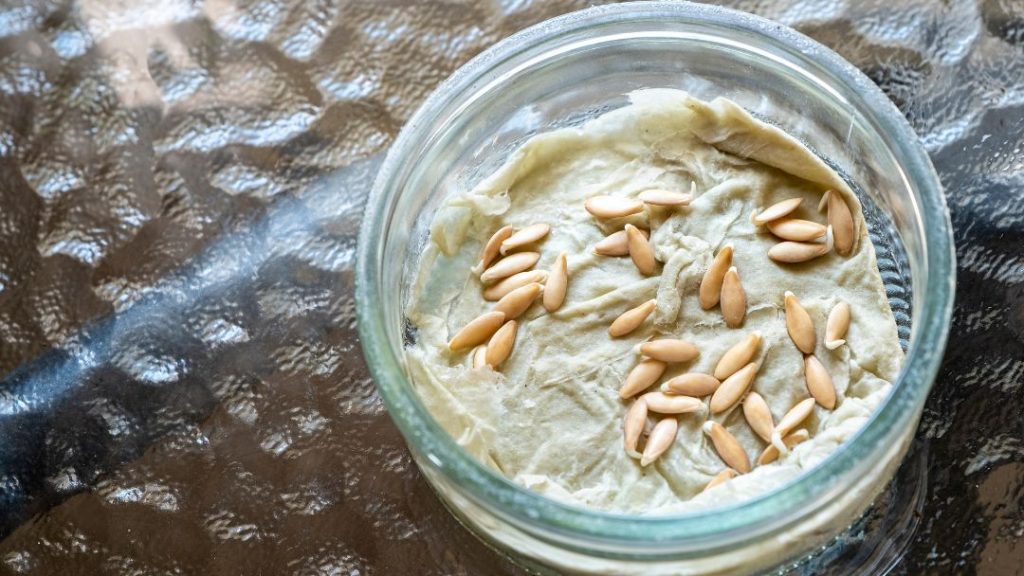
Planting and Care
Sowing Seeds in Pots or Garden Beds
Before planting cucumber seeds, it is important to prepare the soil properly. Whether planting in a pot or outdoor garden bed, the soil should be well-draining and fertile.
To ensure proper drainage, consider adding organic matter like compost to the soil. This will not only improve drainage but also add essential nutrients that cucumbers need to thrive.
When sowing cucumber seeds, space them approximately 1 inch apart and plant them no deeper than 1 inch into the soil. It is important not to overwater your seeds as this can cause them to rot before they even have a chance to grow.
Keeping the soil consistently moist is key to successful seed germination. Once your cucumber seedlings have emerged from the soil and are growing steadily, it’s time to start thinning out weaker plants so that those left behind have adequate space and nutrients for healthy growth.
Watering and Feeding Your Plants
Cucumber plants require consistent watering throughout their growing cycle. The ideal schedule for watering should be once or twice per week depending on weather conditions, keeping in mind that too much water can also damage cucumbers. Fertilizing your cucumber plants regularly with a balanced fertilizer formulated specifically for vegetables can help promote strong growth and increase yield.
Fertilize once every two weeks during the growing season for best results. It is also important to keep an eye out for signs of nutrient deficiencies such as yellowing leaves which may indicate a lack of nitrogen in the soil.
Providing Support for Vines To Climb
As cucumber plants grow, they produce long vines that need support structures like trellises or cages to climb on. This will help keep your plants healthy by providing good airflow around leaves which reduces moisture levels on them so disease does not develop. Trellises can be made of various materials including bamboo, wood, or metal.
It is important to make sure that the trellis is sturdy enough to support the weight of growing cucumbers. Cages, on the other hand, are generally made of wire mesh or tomato cages and can be placed directly over individual plants.
Whichever support structure you choose, make sure it is positioned at planting time so that it does not damage roots when plants start to climb. With proper support structures in place, your cucumber plants will grow tall and strong producing plenty of delicious cucumbers for you to enjoy!
Common Issues and Solutions
Pests that affect cucumber plants
Cucumber plants are susceptible to a range of pests that can damage the foliage, flowers, and fruit. Some of the most common pests include aphids, spider mites, cucumber beetles, and squash bugs.
These pests can cause stunted growth, wilting leaves, yellowing foliage, and reduced crop yields. One way to prevent pest infestations is by practicing good garden hygiene.
This means cleaning up any plant debris or fallen leaves around your cucumber plants regularly. You can also use companion planting techniques to deter pests from your garden such as planting marigolds near your cucumbers as they repel many pests.
If you notice signs of pest damage on your cucumber plants such as tiny holes on the leaves or wilting stems immediately address them by spraying them with a diluted solution of neem oil or insecticidal soap. These solutions are effective at killing common pests but are gentle enough not to harm beneficial insects necessary for pollination.
Diseases that affect cucumber plants
Cucumber plants are also prone to diseases such as powdery mildew, bacterial wilt, and downy mildew amongst others. These diseases can cause yellowing leaves, brown spots on fruit, and reduced yields.
To prevent these diseases from affecting your cucumbers practice proper spacing between each plant so that there is adequate airflow which reduces humidity levels preventing fungal growth. Also, ensure you do not overwater your plants which can create an environment for fungal growth.
If you notice signs of disease such as browning spots on fruits or wilting vines isolate the infected plant from the rest and dispose of it properly so it does not affect other healthy ones. Keep in mind that prevention is always better than cure so start by purchasing disease-resistant seeds when choosing your seeds.
Ways to prevent and treat issues
The best way to prevent and treat issues affecting your cucumber plants is by maintaining healthy plants. Healthy plants are more resistant to pests and diseases than stressed ones so proper watering, weeding, and fertilization are essential. If you do notice any issues such as pest or disease damage, address them promptly by using natural remedies such as neem oil or insecticidal soap for pests and copper fungicides for diseases.
You can also encourage beneficial insects such as ladybugs in your garden which eat harmful pests. Always keep an eye on your plants regularly.
By inspecting them 2-3 times a week you can detect any problems early enough before they become too severe to manage effectively. Always remember that growing cucumbers from seed takes patience but with the right tools and knowledge, it can be a very rewarding experience.
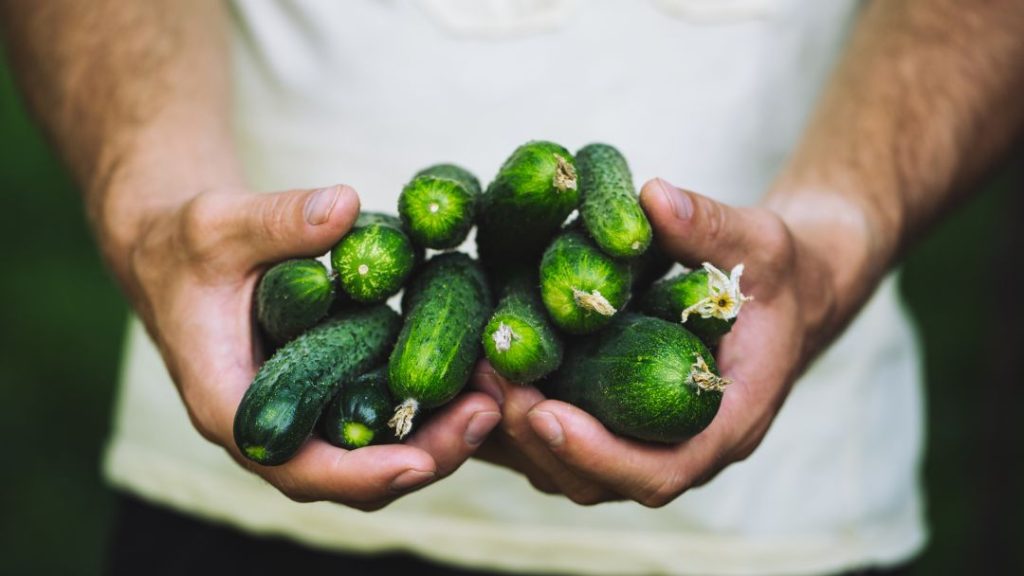
Harvesting Cucumbers Knowing When Your Cucumbers are Ready to Harvest
One of the most important aspects of growing cucumbers is knowing when to harvest them. While they may look ready to pick, cucumbers can actually continue to grow and become overripe if left on the vine too long. The key is to pick them at just the right time when they are crisp, juicy, and flavorful.
There are a few signs that your cucumbers are ready for harvesting. One way is to look at the size and color of the cucumber.
Generally, cucumbers should be around 6-8 inches in length and have a bright green color. If they start turning yellow or brownish, it’s an indication that they’re overripe.
Another way to check whether your cucumbers are ready for picking is by gently touching them. Ripe cucumbers will have a slightly bumpy texture with firm flesh while unripe ones will feel smooth with a softer texture. Tips for Picking and Storing Your Cucumbers
Once you’ve determined that your cucumber is ripe and ready for picking, it’s important to do so carefully without damaging the plant or fruit. You can use scissors or pruning shears to cut the cucumber from its stem instead of pulling it off by hand which may harm other parts of the plant.
After harvesting your cucumbers, be sure not to leave them out in the sun or heat for too long as this could accelerate spoilage. Instead, rinse them off with cool water and store them in your refrigerator where they’ll stay fresh for about one week.
To prevent your harvested cucumbers from becoming soft or mushy while being stored in your refrigerator, consider wrapping each one individually with paper towels before placing them inside a plastic bag or container. This will help absorb any excess moisture and keep your cucumbers crisp and crunchy for longer.
Harvesting cucumbers from your garden can be a rewarding experience. By regularly checking your plants for signs of ripeness, picking them carefully, and storing them properly, you can enjoy fresh and delicious cucumbers throughout the growing season.
Conclusion
Growing cucumbers from seed not only provide you with fresh produce but also has several benefits for both you and the environment. First off, it’s a cost-effective way to have access to fresh produce without having to purchase it at a grocery store.
Additionally, growing cucumbers at home allows you to control what goes into them – no pesticides or other harmful chemicals are necessary when caring for them. This means that you can enjoy organic cucumbers that are free from toxins.
Growing cucumbers is an enjoyable hobby that allows you to connect with nature while getting some exercise outdoors. Not only does it provide a sense of accomplishment once harvested but also offers potential health benefits such as stress relief and improved mental wellbeing.
Growing cucumbers from seed is an excellent way to reap many benefits while enjoying the satisfaction of gardening at home. With proper planning and care taken throughout each step in the process outlined above, you can produce a bountiful harvest of fresh cucumbers and reap all the rewards that come with growing your own produce.
